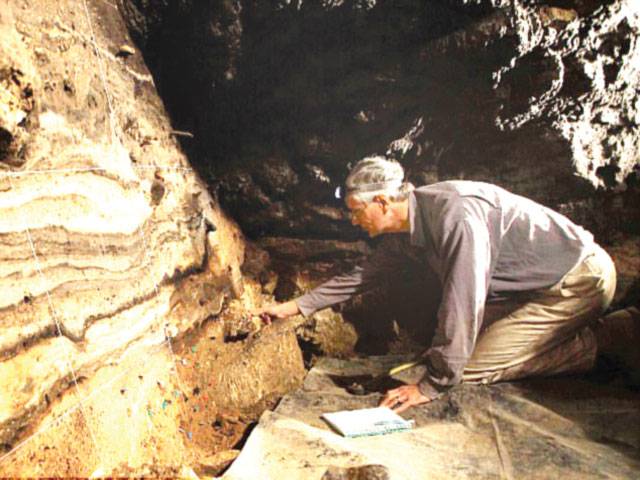DM LONDON - A leading scientist has called for closer scrutiny of ancient migration routes, suggesting an extinct human species called Denisovans first discovered Australia.
DNA from the Siberian cave-dwellers has been found in the Aboriginal descendants of the first settlers on the continent. Although this genetic trace is not a new discovery, one expert believes it shows their presence predates other humans in the area.
He is calling on future scientific work on the Denisovans and their only known home to focus on unravelling this mystery. Professor Richard 'Bert' Roberts, director of the centre for archaeological science at the University of Wollongong, has been working for several years studying the only known home of the Denisovans.
The archaic species lived in Altai Mountains of southern Russia, yet their DNA shows up in populations across southeast Asia. These traces are far higher in Aboriginal people, as well as the Melanesians of Papua New Guinea, than any other modern-day populations worldwide.
Professor Roberts suggests this indicates a mass movement of Denisovans along this route and into the rest of Australia. He told Gazeta.ru in Russia: 'To me personally the most interesting question is how four per cent of Denisovan' DNA got into the Aboriginal people?
'Look where Australia is, and where Altai is! How is it possible?'
It was essential to 'get to the bottom of what happened regarding human evolution in Altai', he said adding that urged 'meticulous dating of all finds'.
The cave is the only place they have so far been discovered and is some 5,200 miles (8,368 km) from Australia, or 4,958 Miles (7,979 km), which is thought to have been first populated around 65,000 years ago.
By comparison the Trans-Siberian Railway, the longest railway line in the world, is 5,772 miles (9,289 kilometres) long.
Yet Professor Roberts believes it is looking increasingly likely that these ancient species of humanoids somehow made this epic journey deep in pre-history.
Professor Roberts, who is closely involved in dating finds in the Denisovan cave and other ancient Siberian sites, said it could not be ruled out that Denisovans were the first to Australia.
But it is not clear by how many hundreds or even thousands of years this may have been.
'We know that Aboriginal people in Australia contain both Neanderthal DNA, as do you and I, we have Neanderthal DNA, but neither you nor I have Denisovan DNA, which is another group of people actually the home base, as it were, up in Siberia, Denisova Cave in southern Siberia in Russia,' he told the Australian Broadcasting Corporation earlier this year.
'But it's miraculously in Aboriginal people at the present day in much greater quantities than any other people around the world.
'How did it get into Aboriginal people?
'That's still very much a moot point and we're not sure.
'Did Denisovan people themselves make it across Wallace's Line, a big biogeographic boundary separating Asia from Australasia? We don't know.
'These are very much still questions that we want to get a handle on, so who were the first people into Australia?
'We still think it's modern humans but perhaps it might have been Denisovans. It's a question mark still hanging there.'
Professor Chris Stringer, of the Natural History Museum, is less convinced of the length of their journey, and whether they were the first to arrive on Australia.
Speaking to MailOnline, he said: 'We have to bear in mind that the Denisovan people in Denisova Cave were probably at the northern end of a distribution that stretched down through south east Asia.
'So we don't have to envisage 'Denisovans' migrating from Siberia towards Australia.
'it's true that many modern native Australasians have about a four per cent input of 'Denisovan-like' DNA in their genomes.
'But geneticists point out that their Denisovan-like DNA must actually be from a genetically distinct population to the one known from Siberia, one that had perhaps differentiated from the Siberian Denisovans 200,000 years earlier.






